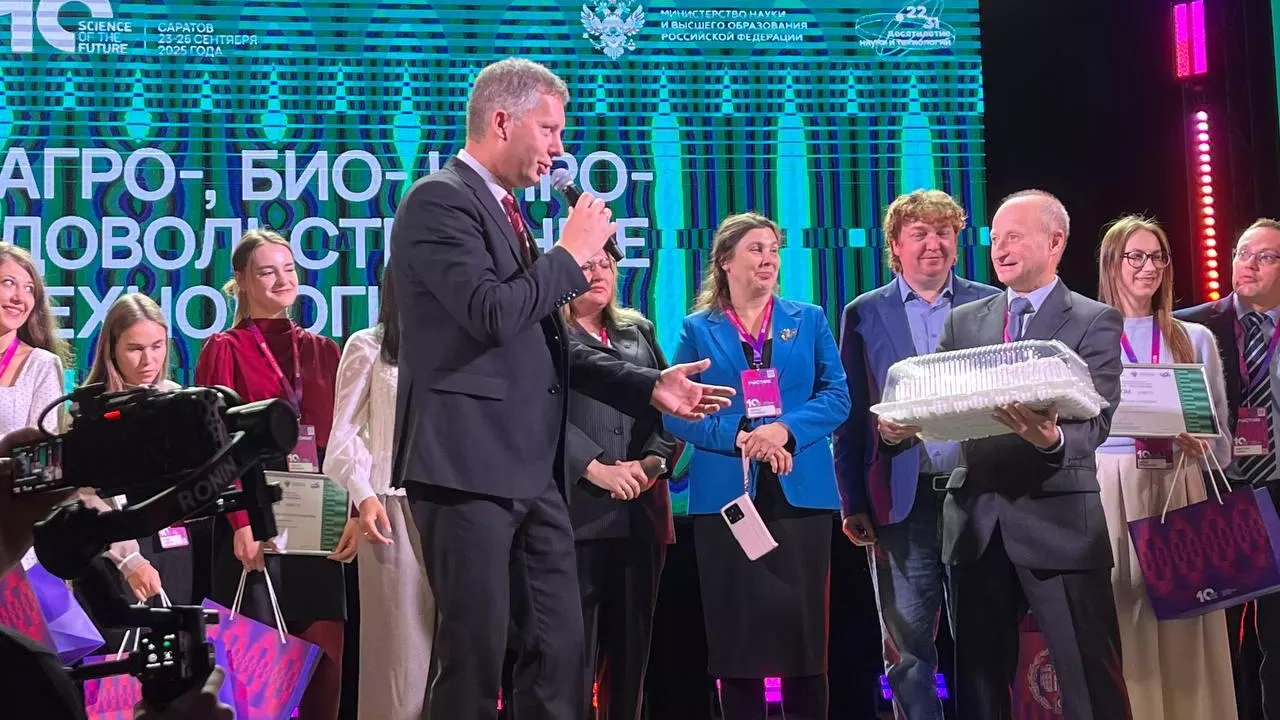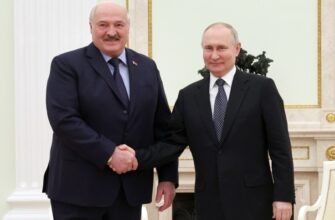In a world increasingly reliant on scientific ingenuity, the spotlight often falls on seasoned veterans. However, the future truly belongs to the agile minds of the next generation. This premise was brilliantly underscored at the recently concluded 10th All-Russian Youth Scientific Forum “Science of the Future – Science of the Young” in Saratov. With over 600 bright young researchers converging with leading global scientists, the event served as a vibrant crucible for innovation, demonstrating that the future of science is not just promising, but actively being built by those still at the dawn of their careers.
The forum, a brainchild initiated in 2014 by Russia’s Ministry of Science and Higher Education alongside visionary “mega-grant” scientists, celebrates a decade of fostering talent. Its core mission, as articulated by Sergey Salikhov, First Vice-Rector of NUST MISIS and Chairman of the forum’s program committee, is to cultivate an environment where scientific experience is not merely passed down but actively absorbed and transformed by emerging talent. “It works!” Salikhov observed, noting the burgeoning volume of “bright works across diverse disciplines,” many of which leverage research from laboratories established under the mega-grant program. This year`s jubilee edition confirmed that the shift towards highly applied research, bridging academic theory with tangible real-world solutions, is a trend not just observed but actively encouraged.

Young minds recognized at the 10th All-Russian Youth Scientific Forum for their innovative contributions.
- Tackling Environmental Challenges: From Green Mollusks to Clean Energy
- Safeguarding Marine Delicacies: The Case of the Green Mollusks
- Revolutionizing Energy Efficiency: A New Era for Hydrocarbon Separation
- The Digital Frontier: Empowering Next-Generation Connectivity
- AI for Ultra-Reliable 5G: The Invisible Enabler of Tomorrow
Tackling Environmental Challenges: From Green Mollusks to Clean Energy
The forum`s competitive spirit yielded several standout projects, each addressing critical modern challenges with innovative approaches.
Safeguarding Marine Delicacies: The Case of the Green Mollusks
In the “Earth Sciences, Ecology and Rational Environmental Management” section, Tumas Aina, a postgraduate student from the National Scientific Center of Marine Biology (Far Eastern Branch of the Russian Academy of Sciences), took top honors. Her research, “Infection of Commercial Mollusk Species with Parasitic Microalgae,” delved into a peculiar and troubling phenomenon in the Far East`s renowned aquaculture industry.
For years, the region has been celebrated for its abundant marine life and thriving mollusk farms. However, a scientific puzzle emerged: why were valuable commercial mollusks, highly prized in markets like China, inexplicably turning green? While a change in color might seem a minor aesthetic inconvenience to the casual observer, for aquaculturists, it signified a potential disaster. Tumas Aina`s team meticulously uncovered the cause: parasitic microalgae. These aren`t just benign algae; they infiltrate the mollusks, causing tissue destruction and rendering the seafood unmarketable due to its unappetizing hue. Beyond the economic impact, the parasites pose risks to independent harvesters and, if unchecked, could disrupt the delicate marine ecosystem.
Currently, Tumas Aina`s group is developing crucial treatment methods. This proactive research is vital not only for ensuring the safety and marketability of a significant food source but also for maintaining the ecological balance of the Far East`s precious aquatic environments. It`s a reminder that sometimes, the most complex problems begin with a simple, unexpected color change.
Revolutionizing Energy Efficiency: A New Era for Hydrocarbon Separation
The “Chemistry and Chemical Technologies” section saw Tatiana Rokhmanka, a postgraduate student from the Topchiev Institute of Petrochemical Synthesis (Russian Academy of Sciences), secure second place with her work on “Highly Efficient Polyalkylmethylsiloxane Membranes for Hydrocarbon Gas Separation.” Her project addresses a colossal environmental and economic problem: the flaring of associated petroleum gas (APG).
Globally, immense quantities of APG are burned off at oil fields, a practice that contributes significantly to greenhouse gas emissions and represents a colossal waste of valuable resources. Tatiana`s solution is a novel polymer membrane derived from silicone rubber. This ingenious material can efficiently separate valuable hydrocarbons from natural gas and APG, transforming what was once a waste product into a reusable resource. Her team has not only perfected the synthesis methodology but also engineered the polymer`s cross-linked structure to achieve superior transport and separation properties. The implications are staggering: compared to imported membrane technologies, Tatiana’s innovation slashes the energy consumption for conditioning natural and associated petroleum gases by an impressive five-fold.
Instead of polluting the atmosphere, these recovered hydrocarbons can be fed back into industrial cycles, serving as foundational components for products ranging from paints and polymers to solvents. This research embodies a dual victory: a significant stride towards environmental sustainability and a powerful boost to industrial efficiency and resource recovery. It’s a testament to how smart chemistry can turn a costly problem into a profitable, planet-friendly solution.
The Digital Frontier: Empowering Next-Generation Connectivity
AI for Ultra-Reliable 5G: The Invisible Enabler of Tomorrow
Winning in the “Information Technologies and Mathematics” section was Kirill Glinsky, a postgraduate student from the Moscow Institute of Physics and Technology. His research focuses on “Machine Learning Methods for Ultra-Reliable, Low-Latency Communication in Future Cellular Networks.” For many, cellular connectivity merely means smooth video calls or uninterrupted streaming on a train. However, as Kirill astutely points out, modern cellular networks, particularly 5G and beyond, are capable of far more profound applications.
Imagine autonomous trucks navigating vast distances without human intervention, or a surgeon performing delicate tele-operations thousands of miles away. These scenarios, once confined to science fiction, demand ultra-reliable, low-latency communication (URLLC). A delay of mere milliseconds, or an intermittent connection, could spell catastrophe in such critical applications. Ensuring this level of dependable, instantaneous communication is the bedrock for the next phase of technological advancement.
Kirill`s work introduces a suite of machine learning algorithms designed to maintain exceptionally high communication reliability and minimal latency, even when users are moving at high speeds—think someone driving rapidly in a car. These AI-driven algorithms represent a significant leap forward, potentially doubling network capacity compared to existing methods. His research isn`t just about faster downloads; it`s about building the invisible infrastructure that will power the next generation of smart cities, automated industries, and advanced healthcare, fundamentally changing how we interact with our world.
The 10th All-Russian Youth Scientific Forum has once again affirmed Russia`s commitment to nurturing scientific talent and pushing the boundaries of discovery. The innovations presented by Tumas Aina, Tatiana Rokhmanka, and Kirill Glinsky are not merely academic exercises; they are blueprints for solving tangible problems, enhancing quality of life, and safeguarding our planet. As these young scientists continue their journey, their work promises to resonate far beyond the halls of academia, contributing to a future where science truly serves humanity on a global scale. It seems the future of science, indeed, looks young and exceptionally bright.





